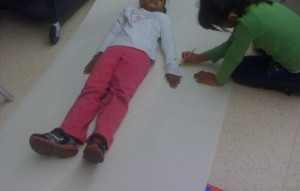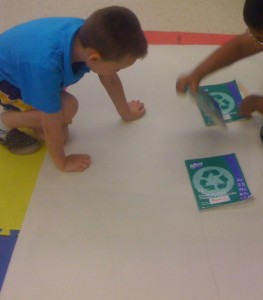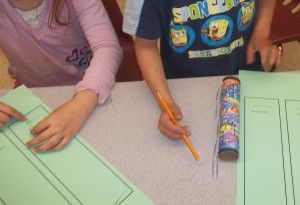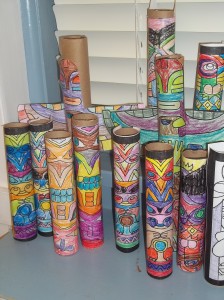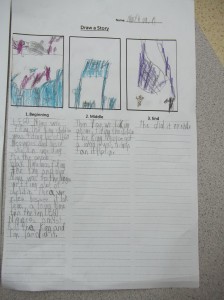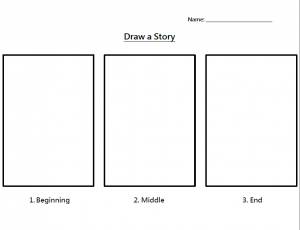As part of our measurement unit I had my practicum students explore with non-standard units of measurements. They used journals, shoes, Lego pieces, paperclips and various other objects to measure items around the classroom including totem poles, which they created as part of our Canada unit, and their own bodies.
Monthly Archives: July 2013
Totem Poles = Social Studies, Art and Math
It is always great when a topic can span over multiple subject areas. Through-out my practicum I tried to use themes to relate key messages and allow students to make connections in their learning. One of the ways this was done was through totem poles. As part of out Canada unit in Social Studies, we discussed the importance of Totem Poles in various Aboriginal Cultures. In Art students had the opportunity to create their own totem poles, which we then measured in Math as part of our measurement unit. It was great to see how engaged the students were in each of these activities.

Creating Life Long Learners
The book titled the The Compassionate Teacher: Relationship Based Teaching and Learning is a great book that looks at how learning can thrive when student-teacher relationships are at their best.
Chapter two of this book titled “Relationships in the Classroom” was a chapter that really resonated with me. It looks at how engaged students are in the classroom and what is being done to ensure that student interests, feelings and needs are being presented in the curriculum (Hart and Hudson, 2004).
As a practicum student in a very challenging class I knew that keeping my students engaged and interested would be a very hard task. Therefore in my once a week visits to this class prior to starting my long practicum I did a lot of observation. I noticed that my students could not be seated for longer than seven to ten minutes, sometimes less. I recognized that the majority of them had wild imaginations and they loved to share their stories and interests to whoever was willing to listen. I also understood that the level of need varied so much that there was no way one expectation for the whole class was going to suffice.
The Compassionate Teacher explains that when the curriculum is relevant to the interests, passions and lives of the students then those students are more likely to be engaged in the learning and be active participants (Hart and Hudson, 2004). It was also pointed out in this chapter that students want to know why they are learning what we teach them and it is important to be able to explain this to create a trusting and open line of communication between students and their teacher (Hart and Hudson, 2004).
Being aware of these aspects I planned units and lessons that my students wanted to take part in. Our magnets unit was a unit of exploration, where students took part in different experiments each week and in their groups had to try and explain what was going on. In math my students had an opportunity to bring in their favorite stuffed animal, and learned about length by ordering the stuffed animals from tallest to shortest. Most importantly, when my students asked my why we were doing a lesson or activity I gave them a respectful, honest reason.
Thinking about what my students interests and needs were while planning for my practicum allowed my practicum to fly by because not only were my students engaged and having fun, but it made me feel so proud to see my students effort and quality of work increase so much. I hope that their interest for learning continues, and they recognized that learning is much more than memorizing facts, that it is an exploration of knowledge and experiences that they learn from and provide information to.
Individuality in Story Writing
Telling Stories Through Pictures
As an introduction into story writing I had my students think about, and draw the beginning, middle and end of a story. They used any topic of their choice. This was great for those students who had trouble expressing themselves using words. It also allowed my more artistically creative students to shine.
Once students completed their drawn stories I would have them describe their pictures either orally, or on paper, depending on their skill level, so that they understood that picture stories are just as informative as written stories. This method was also a great use for students to plan out how they would write their stories. Often times I would inform my students that if they were stuck on what to try, they should draw out their ideas and then try to write about their pictures to tell their stories. I found that this helped many of my students spark their creativity.
